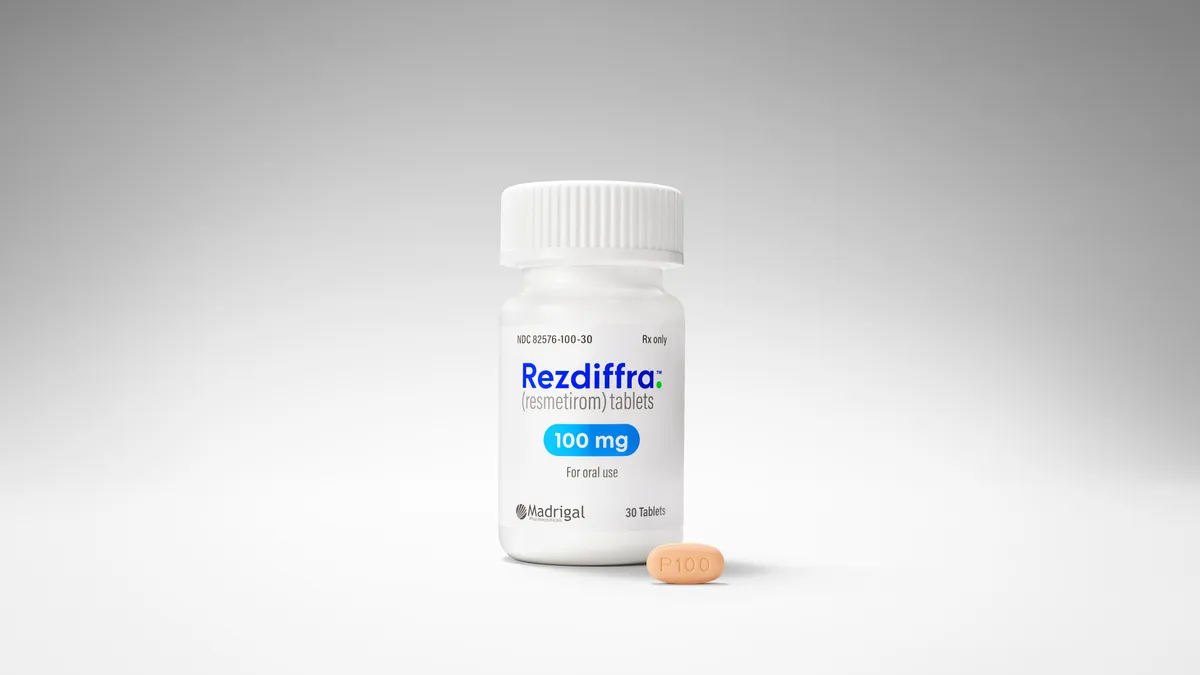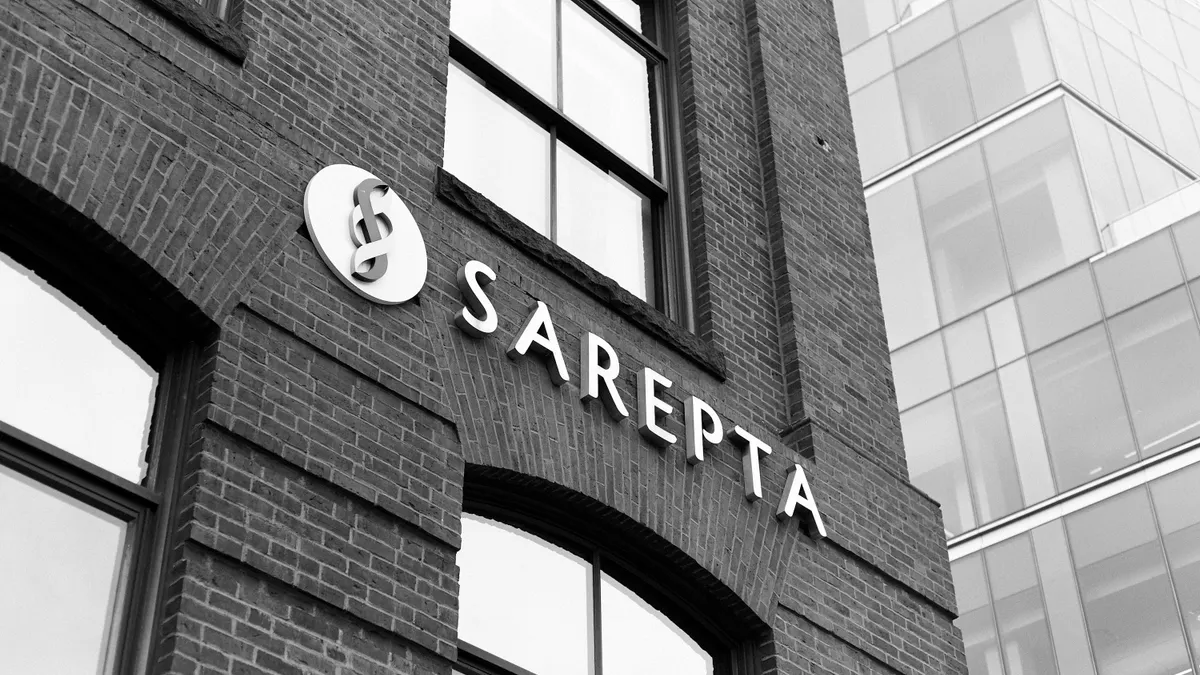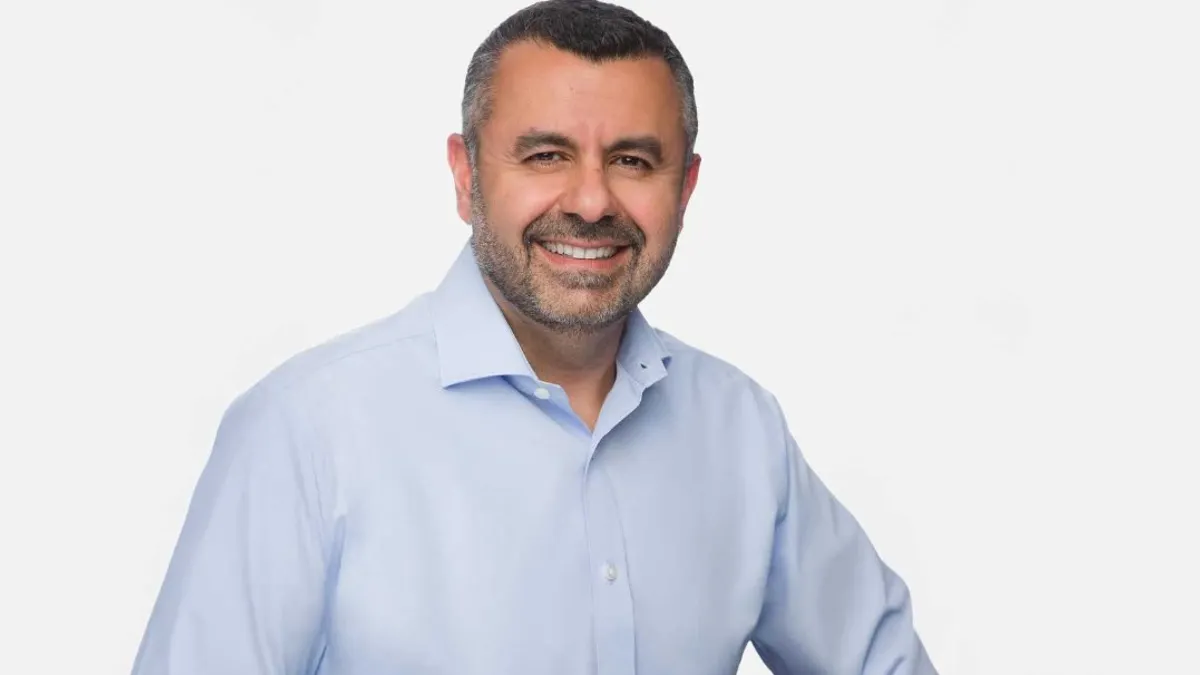A ban on pharma’s TV ads may finally be on the way.
Sens. Bernie Sanders, I-Vt., and Angus King, I-Maine, introduced the End Prescription Drug Ads Now Act last week that would end pharma’s ability to advertise directly to consumers.
If enacted, the bill would fulfill a goal of HHS Secretary Robert F. Kennedy Jr., who targeted TV advertisements when he was running for president and maintained that position after joining the Trump administration. But Sanders and King’s bill goes even further than banning TV ads — it prohibits “prescription drug advertising on television, radio, print, digital platforms and social media,” according to a press release.
The U.S. is one of only two countries that allows DTC pharma advertising (New Zealand is the other). And it’s not just Trump administration officials and a handful of lawmakers who want to do away with pharma ads. Nearly 60% of Americans support banning TV pharma ads, according to an Axios-Ipsos poll from late 2024.
Overall, the industry spent over $10 billion on DTC advertising last year, Bloomberg reported, while pharma and healthcare ad spending jumped 7% over 2023, according to analysis by MediaRadar. Wiping the marketing clean of DTC advertising would create an unprecedented upset for the industry.
Bill details
The bill, in simplest terms, would no longer allow pharma companies to promote their drugs across traditional and digital media, including the ads currently on the market.
In a press release, Sanders expressed concern for misleading information about drugs in advertisements, stating that “studies” have shown about half of drug ads have false or misleading information.
In particular, Sanders called out Eli Lilly for spending $205 million on advertising in 2010 for its antidepressant drug Cymbalta, which brought in $3.2 billion in sales that year, despite the FDA finding the ads “made unsupported and misleading claims of effectiveness and minimized its safety risks.”
The bill will likely face legal challenges from the pharma industry. But a ban enacted through legislation is more likely to hold up in court than a policy change by the FDA. An attempt by the agency to prohibit pharma ads was shot down by a court in 2012, for example, on the grounds that they’re protected by First Amendment rights, Politico reported.
It’s not just an outright ban that has lawmakers’ attention. Another bill introduced in April aims to crack down on pharma companies writing off DTC advertising as normal business expenses. Dubbed the No Handouts for Drug Advertisements Act, the bill would end tax deductions for expenses related to DTC ads for prescription and compounded drugs.
Biggest spenders
DTC ads are almost exclusively leveraged for brand name drugs, with two-thirds of that spending concentrated on just 39 drugs between 2016 and 2018, according to a Government Accountability Office report.
Some of the biggest spenders are shelling out millions to get their brands in front of American audiences. Collectively, pharma spent more than $5 billion on just TV ads last year. One of the top pharma advertisers from 2024 was AbbVie, which spent $2 billion on DTC ads in 2024, mostly for its anti-inflammatory biologics Skyrizi and Rinvoq, according to Bloomberg. Together, the drugs brought in more than $5 billion in revenue during the first three months of 2025.
The proposed ban also comes as some Big Pharma companies are aiming to expand their sales through DTC platforms. Last year, Pfizer launched PfizerForAll, which is focused on drugs for common ailments like migraine, COVID-19 and flu, and Eli Lilly opened its doors to patients seeking treatments for diabetes, migraine and obesity through LillyDirect.
For Lilly, the DTC outlet allows the obesity leader to sell its GLP-1 medications, Mounjaro and Zepbound, in cheaper vial doses via telehealth for patients paying out of pocket. Novo Nordisk also jumped into the DTC game earlier this year with a similar platform, NovoCare, with access to its GLP-1 medications, also in less expensive vial doses.
In fact, GLP-1s have lifted the industry’s overall marketing spend, which is “skyrocketing among drugmakers and healthcare companies,” for obesity and diabetes ads, eMarketer found. Novo spent $263 million on DTC ads for Wegovy and $208 million for Ozempic in 2023, according to Sanders.
Companies offering compounded GLP-1s also spent millions on marketing the drugs before they were banned by the FDA this spring, including Hims & Hers, which shelled out for a Super Bowl ad spot in February.
It’s unclear if the bill has enough support to get passed, but four other Democratic senators have joined as co-sponsors, Sanders said.




















